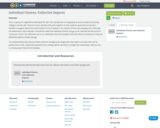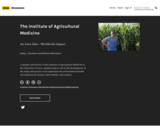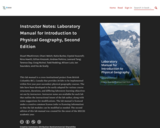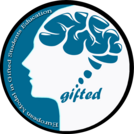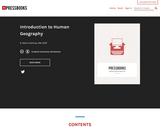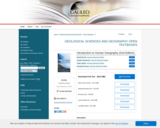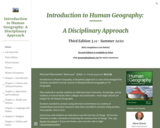
The Indian Ocean Basin is becoming an important topic in middle and high school world history and geography courses, but one for which there are few instructional resources. This web-based resource helps teachers incorporate the Indian Ocean into world history studies by illustrating a variety of interactions that took place in the Indian Ocean during each era. The material is assembled into an integrated and user-friendly teaching tool for students in upper elementary, middle and high school. It offers students the chance to investigate primary sources that illustrate historical interactions, helping them to become more adept at the analytical historical thinking skills that are required by virtually all state history standards today.
- Subject:
- Arts and Humanities
- Cultural Geography
- History
- Physical Geography
- Physical Science
- Social Science
- World Cultures
- World History
- Material Type:
- Activity/Lab
- Assessment
- Diagram/Illustration
- Interactive
- Lesson Plan
- Reading
- Teaching/Learning Strategy
- Provider:
- Middle East Institute
- Provider Set:
- Sultan Qaboos Cultural Center
- Date Added:
- 10/30/2012
